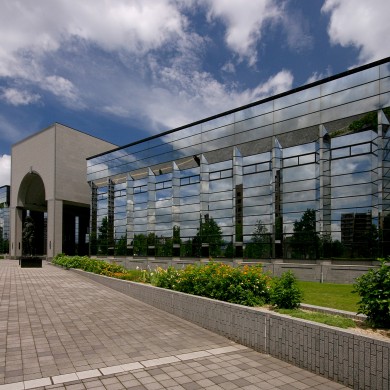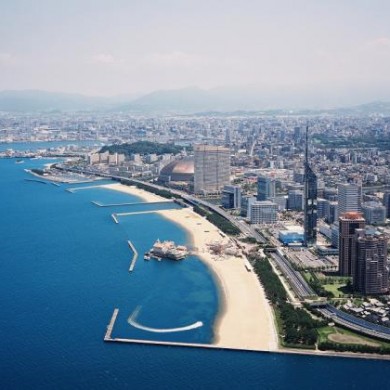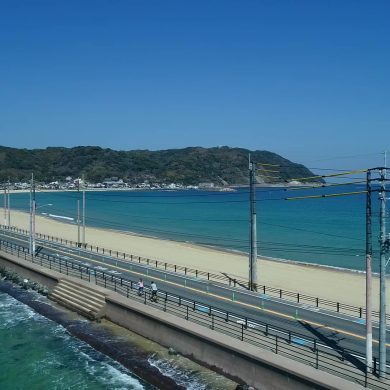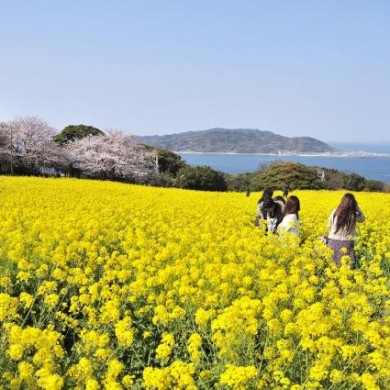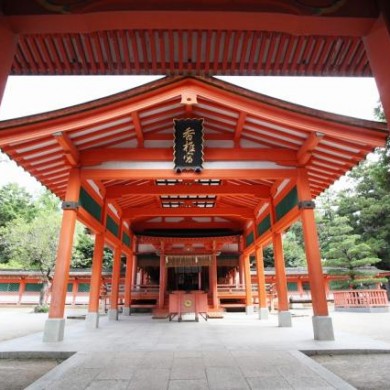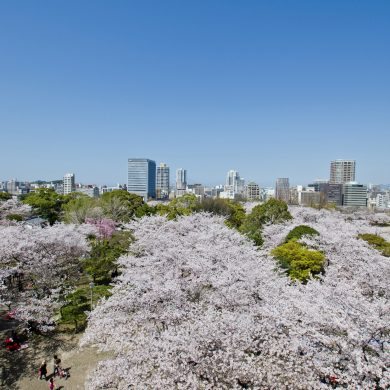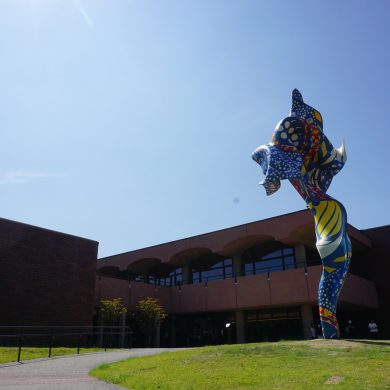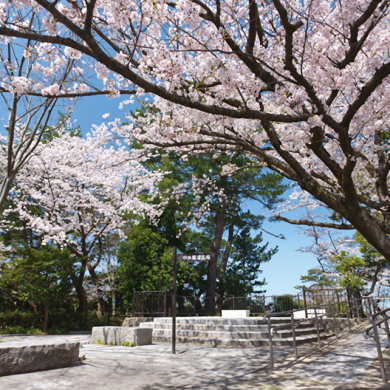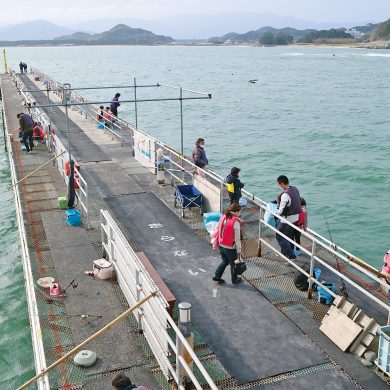Visit the “Reiwa” places in Fukuoka and Dazaifu in celebration of the start of the new Imperial era “Reiwa”! 【part 2】
2019.04.26After sightseeing in Dazaifu, a place famous for its associations with Manyoshu (the oldest anthology of Japanese poetry), to the trip to Fukuoka over the Manyo Kahi (a monument inscribed with a poem)
Not only left in Dazaifu which is said to be the hometown of Tsukushi Manyo, Manyo Kahis are dotted as cultural assets of Fukuoka city. In the “Manyoshu,” which is a collection of 4,500 Japanese poems written by various people such as emperors, imperial families and the aristocracy, soldiers, farmers and so on.
Fukuoka city, which faces to the Sea of Genkai, still has many monuments engraved with waka (Japanese poetry) which describes the life of people who lived on the island and in the local community. Visiting and strolling those spots, you can feel the rich culture and tradition of Fukuoka city, Japan, is deeply meaningful. We introduce you to historic sites and tourist attractions which are associated with Manyoshu, in Fukuoka city.
①Fukuoka City Museum
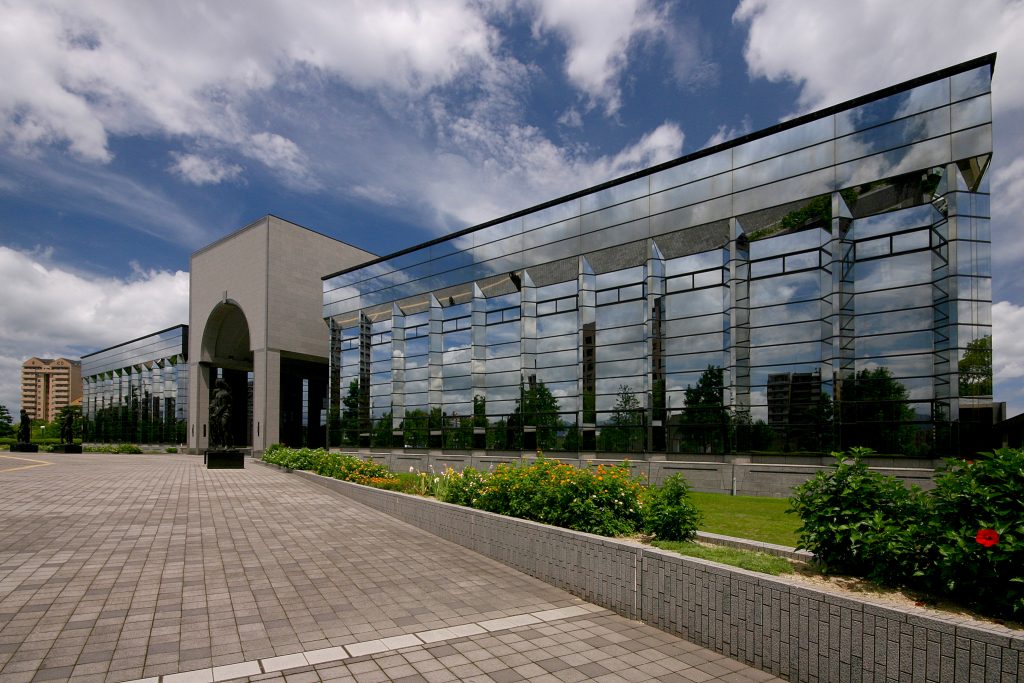
Fukuoka City Museum is one of bases for the history and cultural tourism of Fukuoka. It is filled with highlights that allow you to feel Fukuoka, such as a national treasure of Japan “the Gold Seal,” the exhibition collection associated with the House of Kuroda, showing Kuroda Kanbei as an ancestor of a feudal lord and so on.

万葉和歌集 校異第五「初春令月、気淑風和」
The foreword of Manyoshu, which became the authoritative record on “Reiwa,” is on display.
Fukuoka City Museum
- Momochi , Sawara Area
Located in the Seaside Momochi Area, this museum is one of the famous tourist spots of Fukuoka City such as Fukuoka Tower and Pay Pay Dome gathers. It introduces the history and the life of people in Fukuoka, which has developed as a hub of international exchanges in the Asian Region since ancient …
Want to stop over! The closest tourist attraction “Seaside Momochi.”
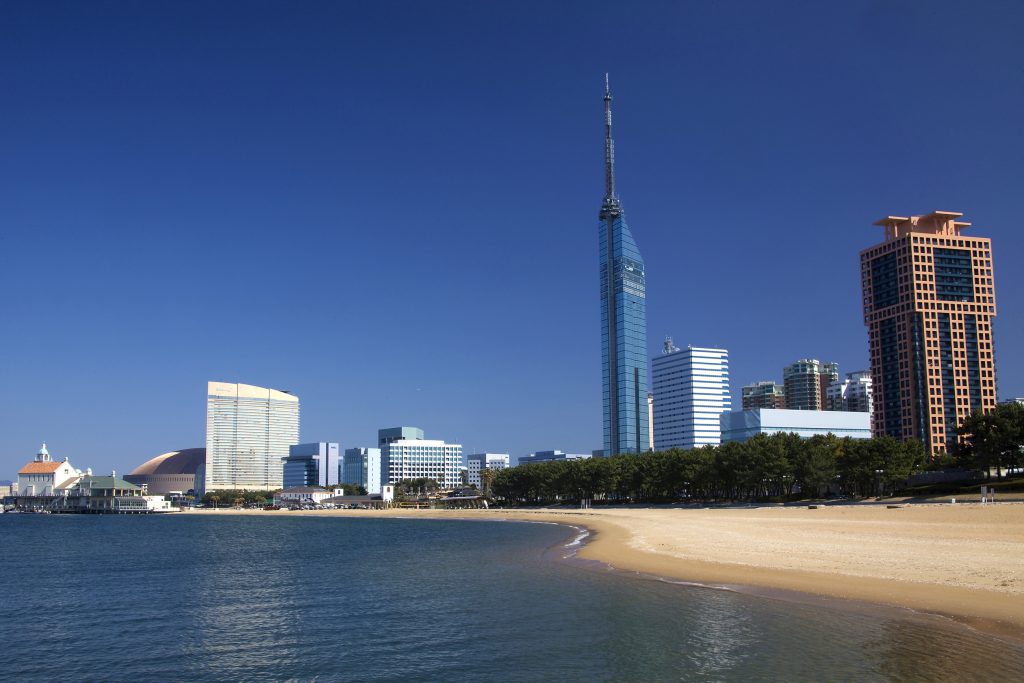
The area where the symbols of Fukuoka such as Fukuoka Tower, the FUKUOKA PayPay Dome, etc. are located. Evening view of the sunset of Momochihama, where you can go for walk is romantic.
Detailed information about “Fukuoka City Museum” can be found here.
Momochi Seaside Park
- Momochi , Sawara Area
This is a park with an artificial beach north of Fukuoka Tower. It is close to such landmarks as the public library, public museum and Yafuoku! Dome. In the middle of the beach is also a bridal shop and restaurants (Marizon area). The beach is suitable for beach sports such as beach volleyball, soc…
②Two islands floating in Hakata Bay, “Shikanoshima” and “Nokonoshima”
Including “Shikanosima” (Higashi-ward), where there is the Kahi which is said to have been composed by Yamanoue no Okura, and “Kashiigata” which has the Kahi where three poems were engraved, including the poem which is said to have been composed by Otomo no Tabito when he visited Kashiigu, ten Manyo Kahis are concentrated on Shiga Island alone. Across Hakata Bay, including Kahi in “Nokonoshima” (Nishi-ward) and Fukuoka city, there are twenty Japanese poems composed in Fukuoka city.
In contrast to the “poems of the government,” which were often composed in Dazaifu, it is an interesting point about Manyo Kahi in Fukuoka city that there are many “poems of the people,” which depict the lives of ordinary people.。
Twin Manyo Kahi in Nokonoshima and Sikanoshima (Yamanoue no Okura)

Shikanoshima
~ Even adding small ships to big ships and many people diving in the ocean, is it possible to see Arao of Shiga? No, you cannot. (Vol.16, # of poem 3869)
This poem is about Arao (fisherman) who set sail instead of Munakatabeno Tsumaro, who became a steersman when Dazaifu sent foods to soldiers in Tsushima and died due to the storm. It is said that Yamanoue no Okura composed this poem about the pain of a wife and child who lost their husband and father.
Detailed information about Manyo Kahi can be found here.
※Fukuoka cultural asset information retrieval (Search can be done in Japanese only at this moment. You have to enter “万葉歌碑” to search.)
http://bunkazai.city.fukuoka.lg.jp/cultural_properties/
Introducing Shikanoshima ♪
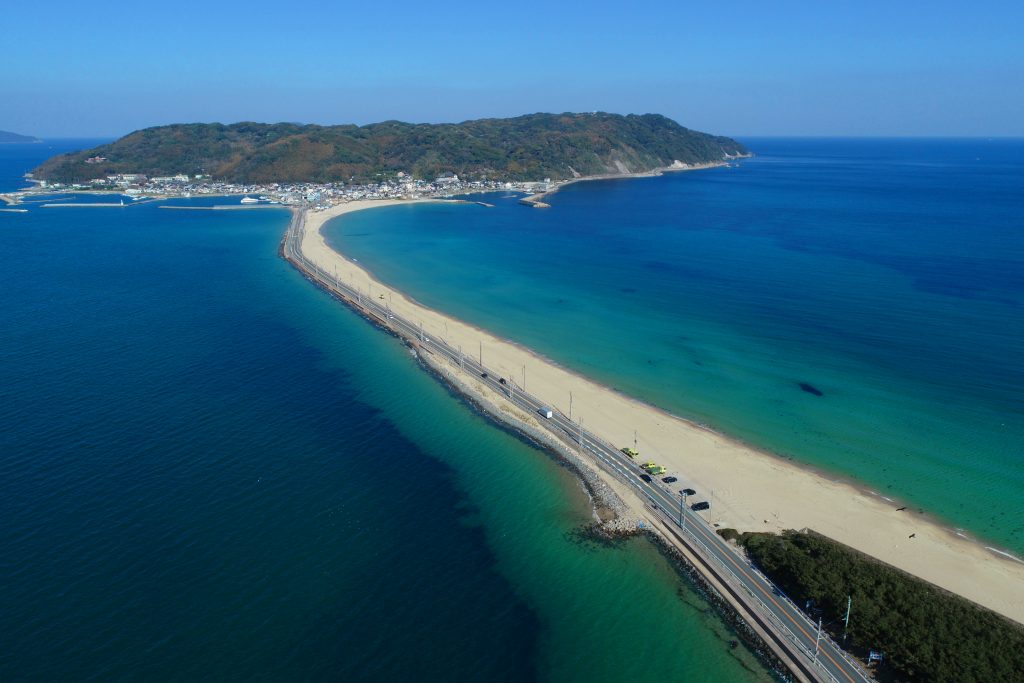 “Shikanoshima” which is located at the entrance of Hakata Bay is an island which is connected to the mainland by sandbar. There is a land route which takes Umino-Nakamichi (sandbar that connects Shikanoshima and Mainland Kyushu) by car, train and bus and an ocean route which takes a ferry to cross from Hakata Wharf, and you can go to Shikanoshima easily from Fukuoka city with either route.
“Shikanoshima” which is located at the entrance of Hakata Bay is an island which is connected to the mainland by sandbar. There is a land route which takes Umino-Nakamichi (sandbar that connects Shikanoshima and Mainland Kyushu) by car, train and bus and an ocean route which takes a ferry to cross from Hakata Wharf, and you can go to Shikanoshima easily from Fukuoka city with either route.
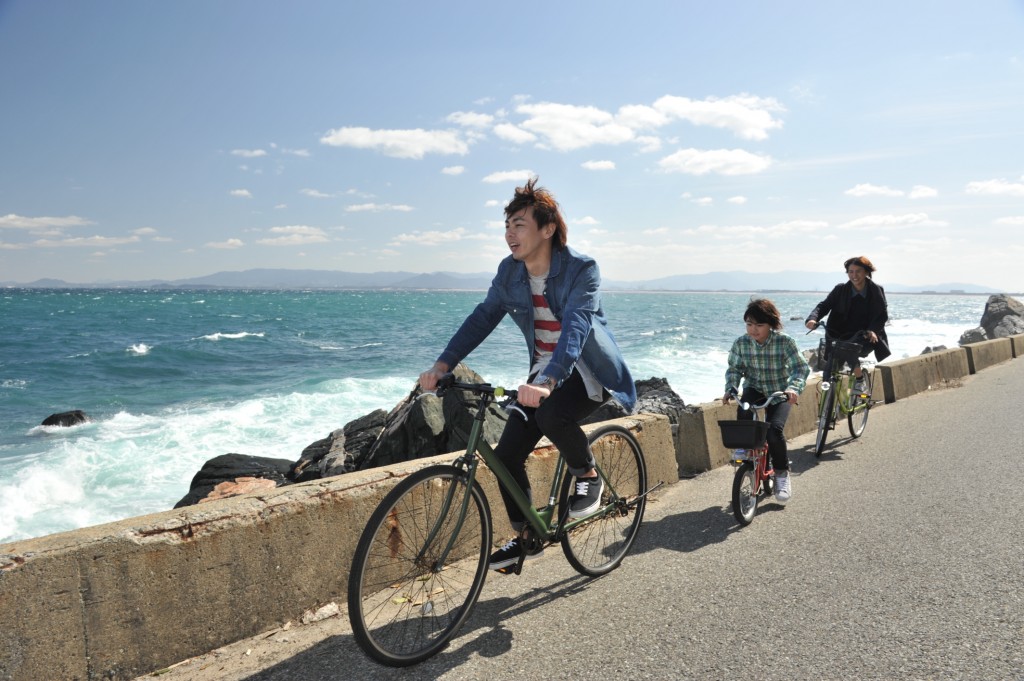
“Katsuma Beach” which is well known as a diving point that many people are surprised by encountering “such a blue ocean in Fukuoka city!”, “Shikaumi Shrine” (there is Manyo Kahi on the approach) which is a dragon city that worships the sea guardian deity, and a cycling road which you can ride around the 12 km circumference of the island with a rental bicycle are also recommended.
Information on attractions in Shikanoshima
Shikanoshima Island
- East Area
Shikanoshima Island is famous around the country for the kin-in or gold seal excavated on the island. The seal, a National Treasure of Japan, is said to have been given by an emperor of China of the time, and is an evidence of the area’s history as an important base of exchange with mainland Asia. …
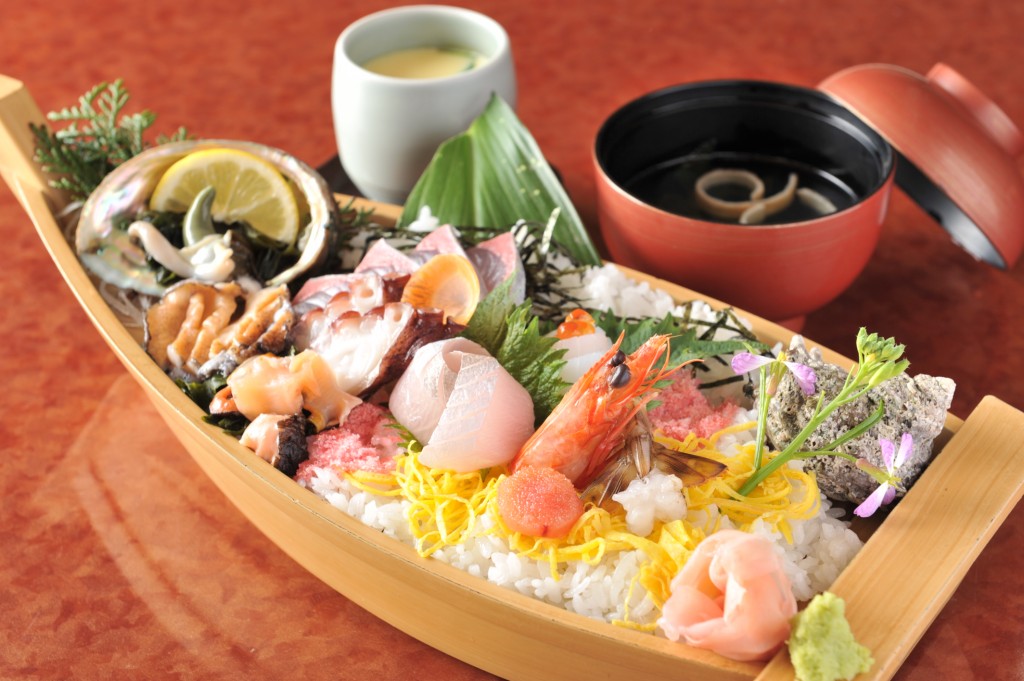 Get a glamour appetite for fresh and hearty seafood. Let’s enjoy the nature of Fukuoka to the fullest and get relaxed!
Get a glamour appetite for fresh and hearty seafood. Let’s enjoy the nature of Fukuoka to the fullest and get relaxed!
Tourist attractions in Nokonoshima “Nokonoshima Island Park” !
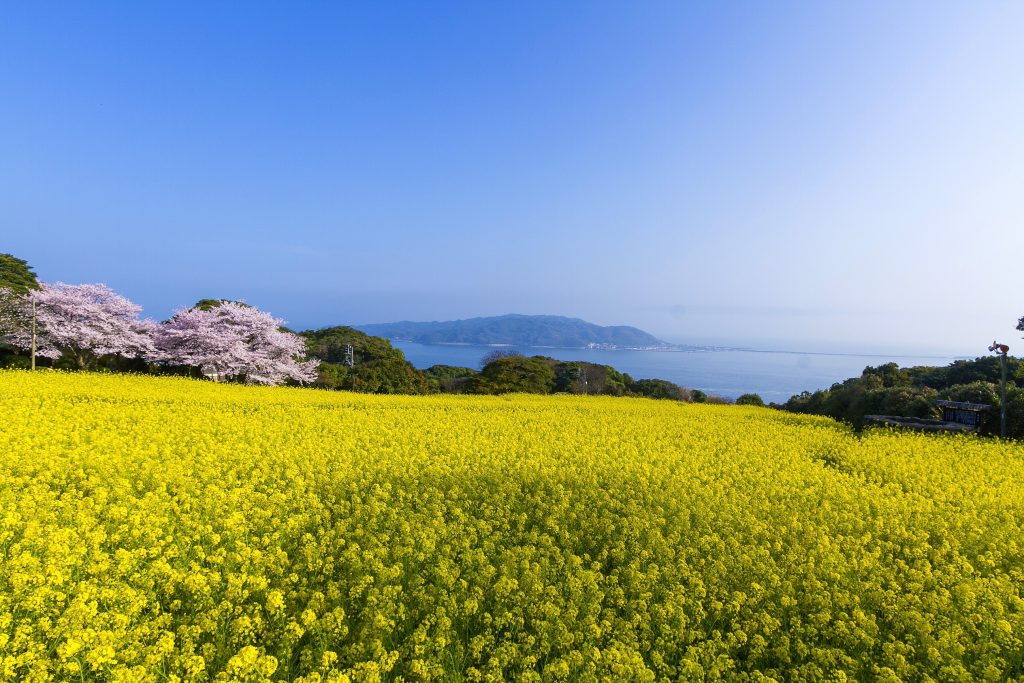
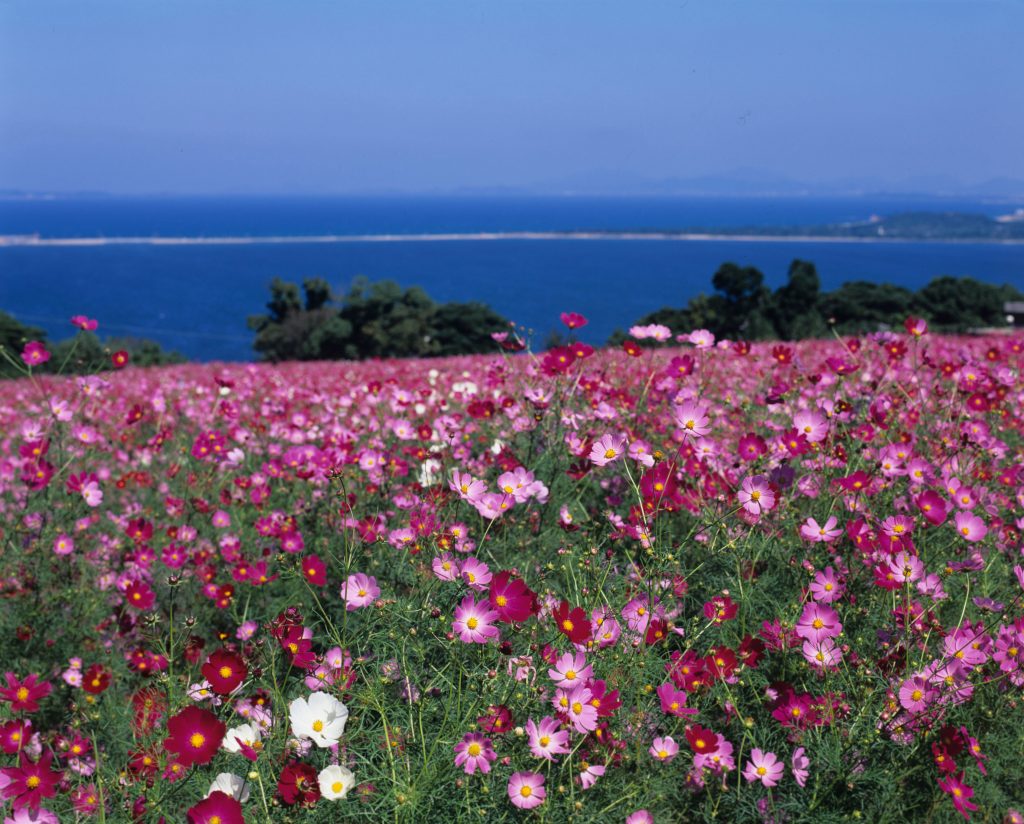
Nokonoshima is a 12 km surrounding area where you can see abundant nature and is very accessible by a 10-minute ferry ride. “Nokonoshima Island Park” which is on the top of the hill and also has accommodation facilities, has the best location to get a full view of Hakata Bay. It is a place famous for Fukuoka flowers and with seasonal flowers that welcome you such as rapeseed in spring, sunflower in summer, cosmos in autumn and narcissus in winter will welcome you.
Detailed information of “Nokonoshima Island Park” can be found here.
Nokonoshima Island Park
- West, Itoshima Area
Take a city operated ferry from Meinohama, Fukuoka and arrive at Nokonoshima in just ten minutes. This island, rich in nature, just sits in the middle of Hakata Bay. The Nokonoshima Island Park is a natural park of about 150 thousand square meters stretching out in the northern part of Nokonoshim…
Related article: How to enjoy a day trip to the islands “Nokonoshima” and “Shikanoshima”
https://yokanavi.com/feature/27369/
◎Manyo Kahi in the city
①”Kashii”(1-23 Kashii, Higashi-ku, Fukuoka)
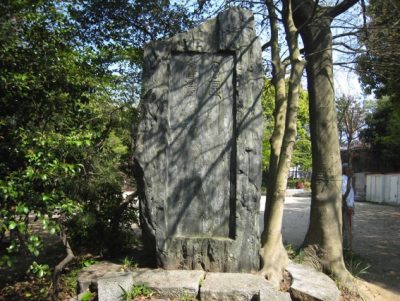
The Kahi stands on the left-hand side on the top of the Kashiigu Tongu slope.
~Everybody, let’s get wet up to the sleeves of kimono and pile up seaweed for breakfast at Kashiigata.~(Vol.6, the poem number 957)
It is said that in November in 728, three people, the Governor of Dazaifu Ōtomo no Tabito, Deputy Chief Ono no Oyu, and the Governor of Bungo Province Unonoobito Ohito, stopped at Kashiigata after worshipping at Kashiigu with each one composing a poem.
Want to stop over! The closest tourist attraction “Kashiigu.”
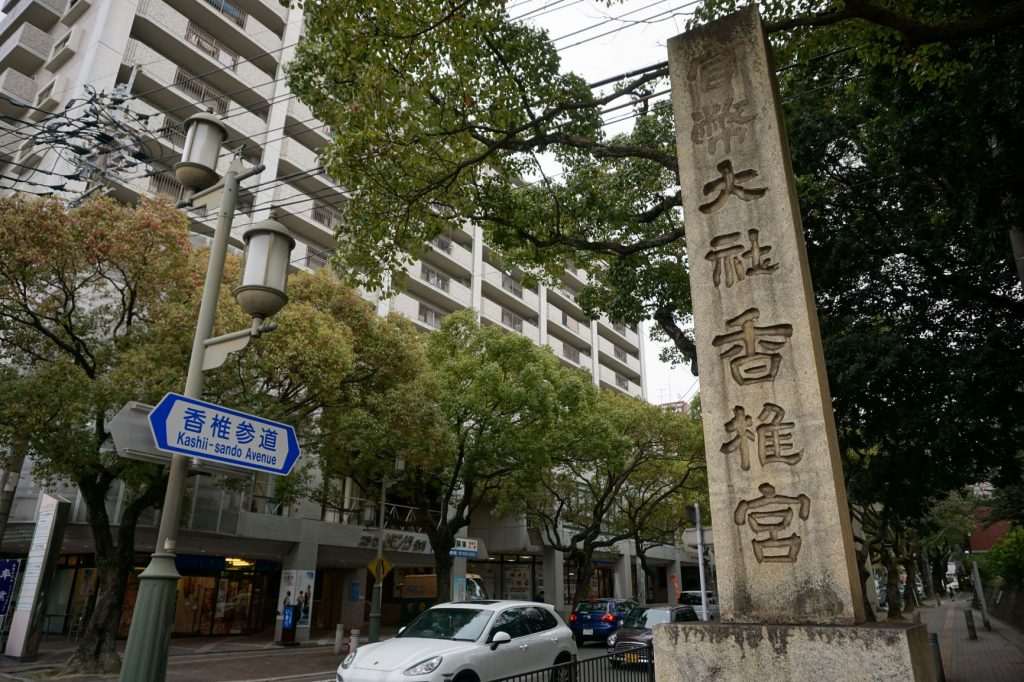
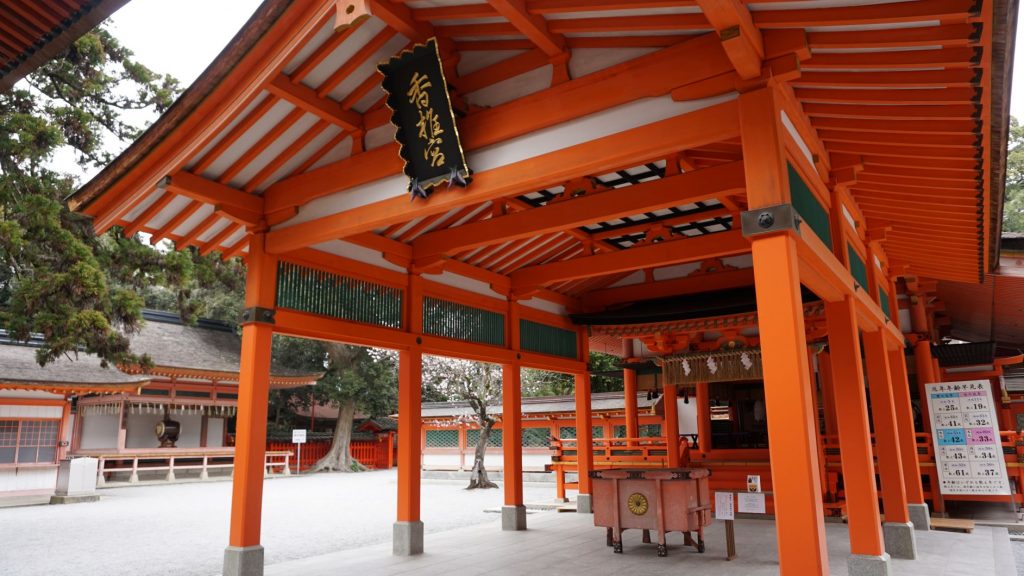
“Kashiigu’s” origin of the palace is that Empress Jingu enshrined the soul of Emperor Chuai, who died here during the conquering of the West. The main shrine that is famous for Kashii-zukuri is a nationally designated important cultural landmark. Around June, you can see about five thousand flowers blooming in the Iris pond in front of Kashiigu Romon.
Detailed information about “Kashiigu” can be found here.
Kashiigu Shrine
- East Area
Enshrines emperor Chuai, empress Jingu, the mother of emperor Oujin, and the Sumiyoshi Daijin (three Shinto gods).The shrine was built by empress Jingu to console the soul of emperor Chuai who died during his journey in the west. Kashii flourished as a trade port after the decline of Korokan (Inter…
②”Koro kan”
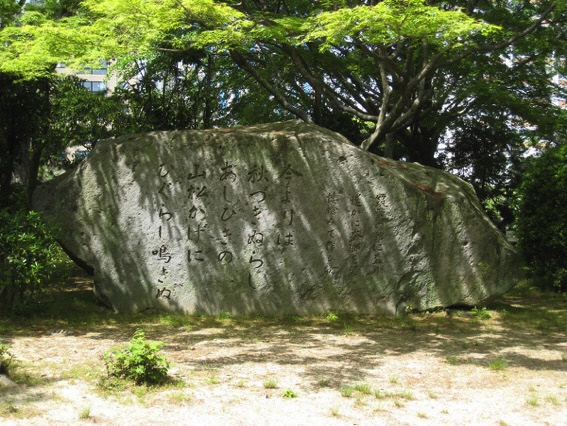
It stands in Maizuru Park between the old Heiwadai Stadium and the Heiwadai Athletics Stadium
~It seems to becoming fall now. Cicada started making sounds behind pine trees in the mountain. ~ (Vol.15, the poem number 3655)
It is one of the poems where a group of Japanese envoys to Silla composed at Tsukushikan (later renamed Koro Kan). It is said to have become one piece of evidence that Dr. Heijiro Nakayama (a pathologist and archeologist in Fukuoka) presumed that Tsukushikan was located inside of Fukuoka castle because of the content of the poem. In excavation conducted later on, a lot of Silla pottery from trips of Japanese envoys to Silla in Manyo poems appear, therefore, again proving Dr. Nakayama’s speculation.
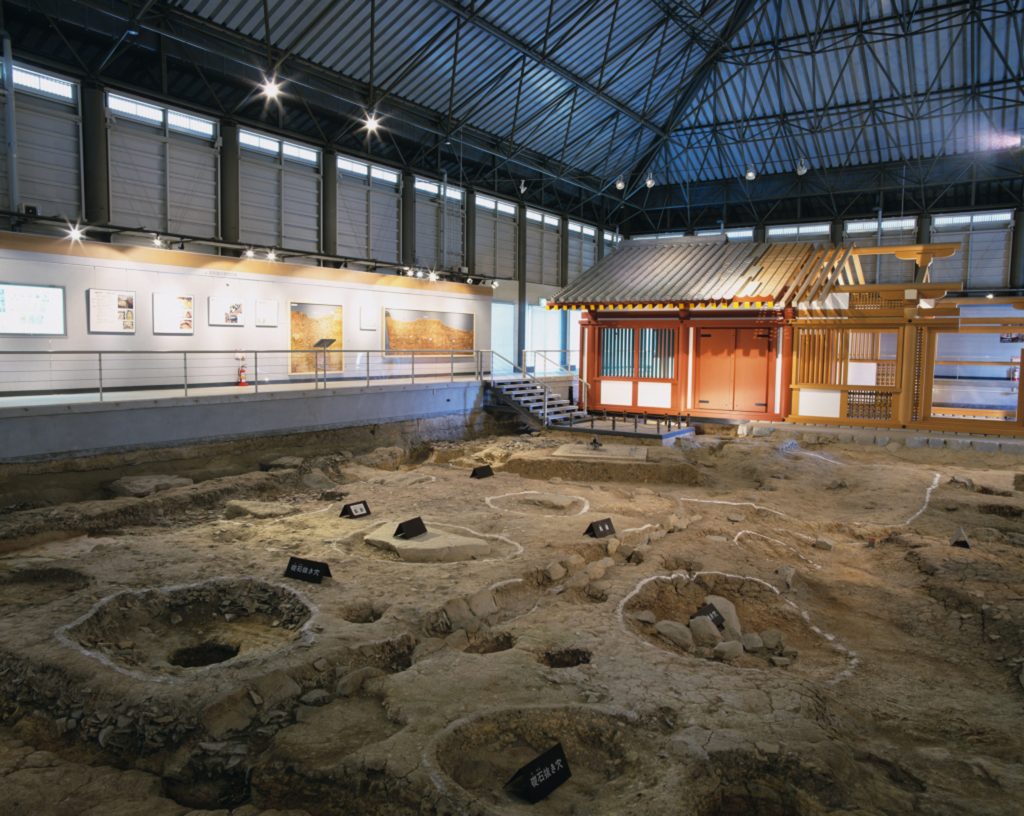
inside view of the Korokan site exhibition hall
Introducing Maizuru Park!
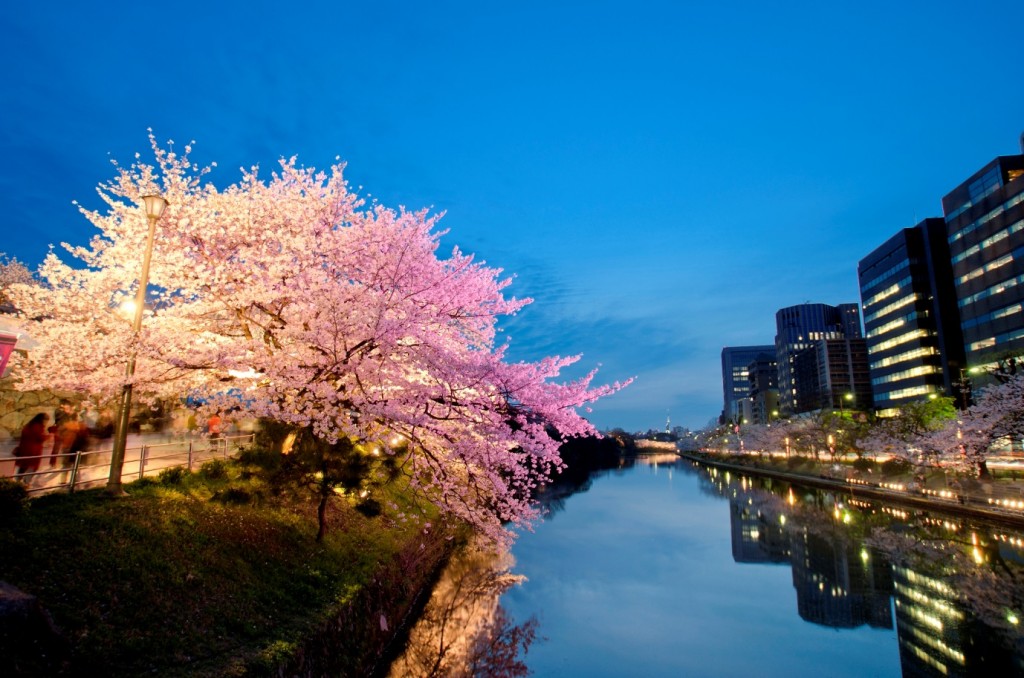 It is a beautiful park which is also famous for being a cherry blossom spot where you can enjoy the nature of the four seasons. Throngs of cherry blossom viewers can be seen in spring, in addition to various events such as a beer festival and gourmet fair held throughout the year.
It is a beautiful park which is also famous for being a cherry blossom spot where you can enjoy the nature of the four seasons. Throngs of cherry blossom viewers can be seen in spring, in addition to various events such as a beer festival and gourmet fair held throughout the year.
Detailed information on “Maizuru Park” can be found here.
Maizuru Park
- Ohori/Ropponmatsu Area
This park is built around Fukuoka castle ruins and located within just 15 minutes from Tenjin (the center of Fukuoka city). It is well known as a viewing spot of cherry blossom and other seasonal plants and flowers. The park has an athletic field and other sports facility and is adjoined to the Oho…
③ ”Ohori Park”

It stands on the pine island.
~It is regrettable to be apart from you like this, therefore I have gotten a room for a night at Aratsu Beach. ~ (Vol.12, the poet number 3215)
When this poem was composed, this area was the bay of Hakata Bay. It is a dialogue poem with the next Kahi in Nishi Park to be introduced. This poem is about the wistful feeling that people who are going back to the capital or going to China feel a sorrow of parting with those who have come to see them.
Introducing Ohori Park!
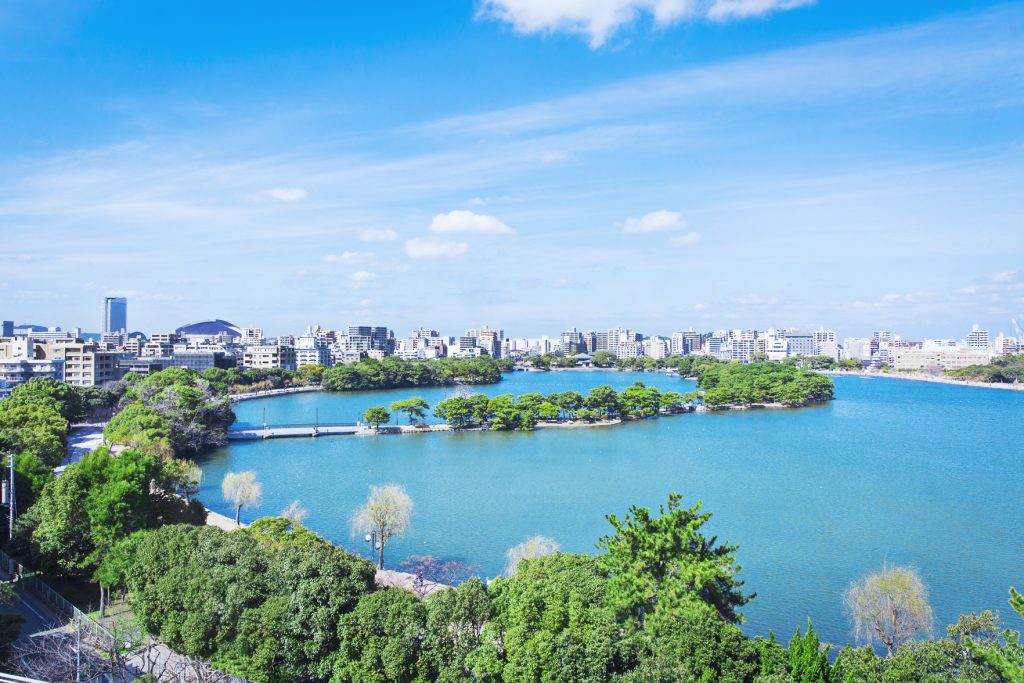
“Ohori Park” which is located almost in the center of Fukuoka city is one of the places where anybody who lives in Fukuoka has visited at least once.
Related article: “Waterscapes and greenery soothe your heart, the number one oasis in Fukuoka ‘Ohori Park’ “
Want to stop over! The closest tourist attraction “Fukuoka City Museum.”
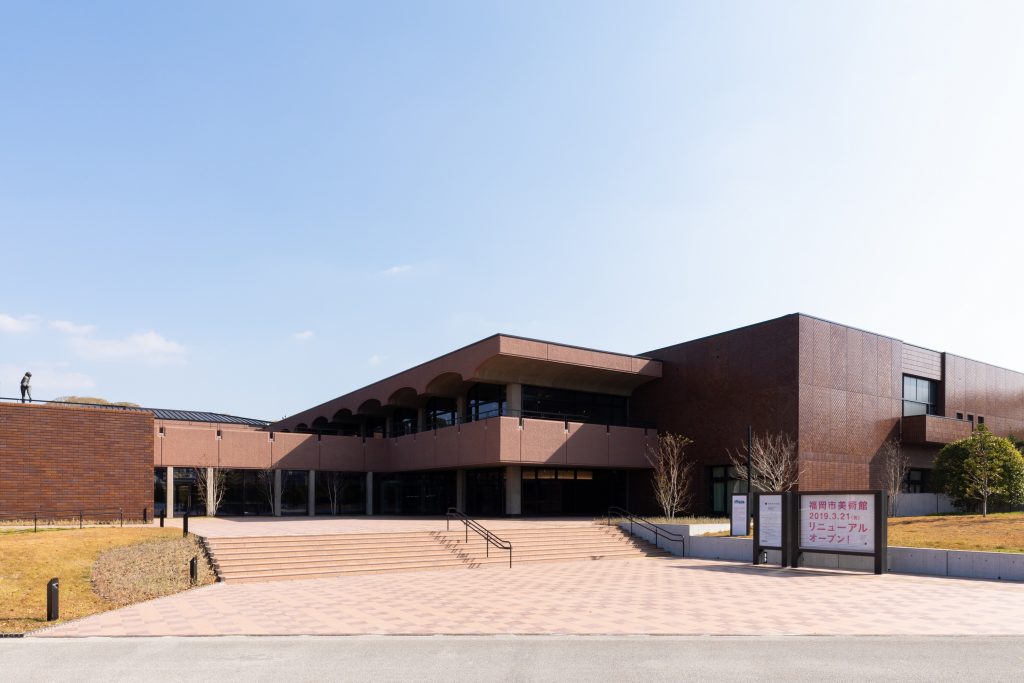
撮影:山中慎太郎(Qsyum!)
While respecting the architectural design left by Mr. Kunio Maekawa, a great master of modern Japanese architecture, a new approach was set up on the west side and a newly established entrance was set up where people can enter from Ohori Park directly.
Café was created at the newly established park side entrance, so please enjoy a light meal while taking your time and watching Ohori Park.
Detailed information on “Fukuoka City Museum” can be found here.
Fukuoka Art Museum
- Ohori/Ropponmatsu Area
Take a stroll around Ohori Park and drop in at this museum to enjoy art. The Fukuoka Art Museum is a simple but elegant house designed by Maekawa Kunio. Not only are the pieces of world-famous artists such as Milo, Dali and Chagall but also of Kyushu-born artists such as Shigeru Aoki, Seiji Togo an…
④”Nishi Park”
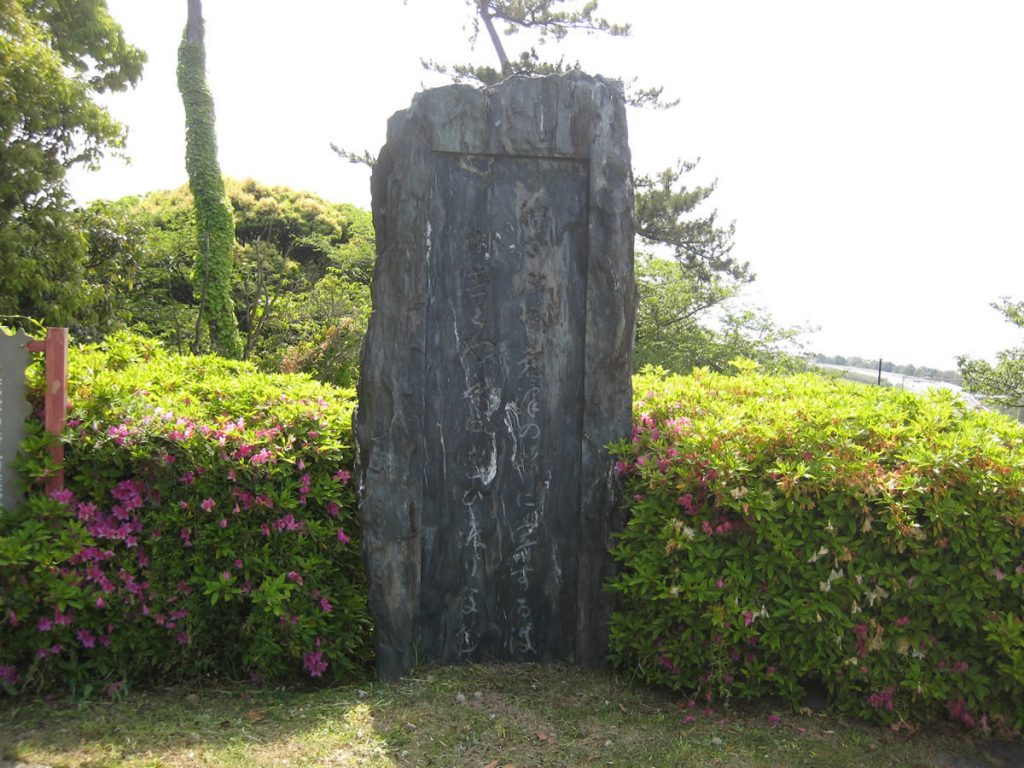
~I even came to Aratsu Beach to see you off, because it will be regrettable always and forever. ~(Vol.12, the poem number 3216)
It is a dialogue poem which stands at the entrance of the approach at Nishi Park and composed with the thoughts about a loved one in mind. Nishi Park used to be called Aratsuyama and extends into Hakata Bay.
Introducing Nishi Park!
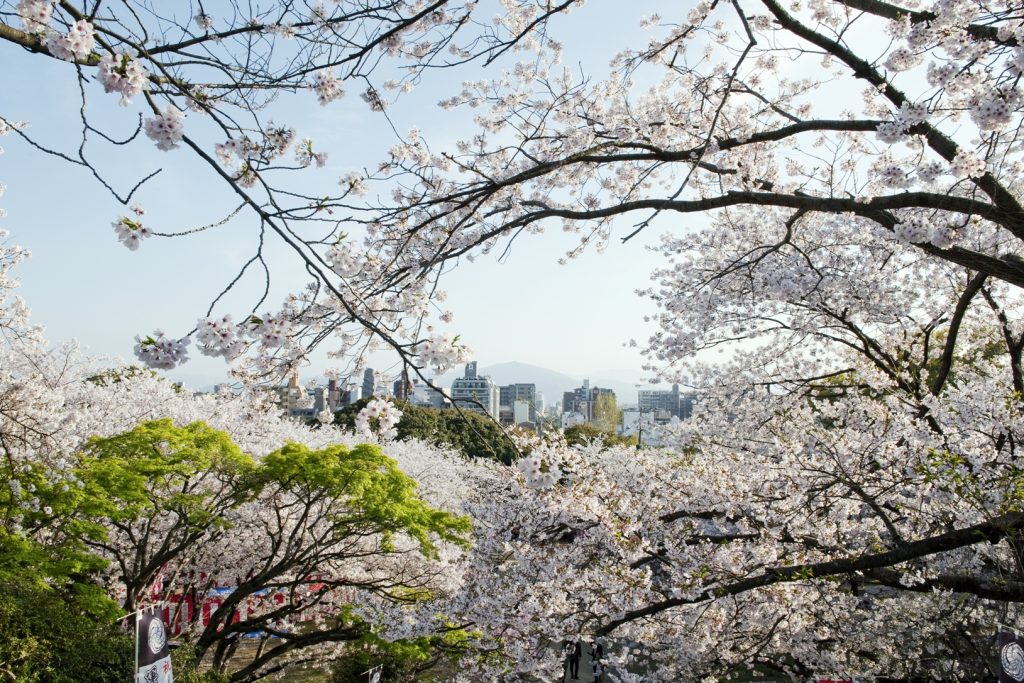
Stunning landscape such as city area in the east, Hakata Bay, Umino-Nakamichi, Shikanoshima, etc. in the north can be overlooked from the observatory. Approximately 1,300 cherry trees are planted in the park, and it becomes lively in spring with many cherry blossom viewers.
Detailed information on “Nishi Park” can be found here.
Nishi Park
- Ohori/Ropponmatsu Area
Nishi Park is set up at a very scenic spot that used to be called Aratsu Mountain in the Man-yo era (7-8 century). In the park, there is Koun Shrine, which is dedicated to Kuroda Josui and Kuroda Nagamasa, the statues of Mori Tomonobu and Hirano Kuniomi, soldiers of the late Edo period who contribu…
⑤”Karatomari” (Nishi-ward)
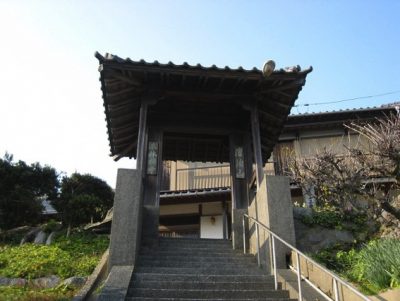
It stands on the corner of Torinji Temple, overlooking Hakata Bay and Imazu Bay.
~Even if there are days when there is no wave at Karatomari and Noko Bay, there is no day when I don’t miss my hometown. ~(Vol.15, the poem number 3670)
Karatomari Port is on the east coast of Itoshima Peninsula. There is “Torinji Temple” on the hillside which looks down on this port which was called Karatomari and Noko’s Harbor in olden times. The Kahi was composed by a group of Japanese envoys to Silla who went to Silla in 736.
Want to stop over! The closest tourist attraction “Fukuokashi Umizuri Park.”
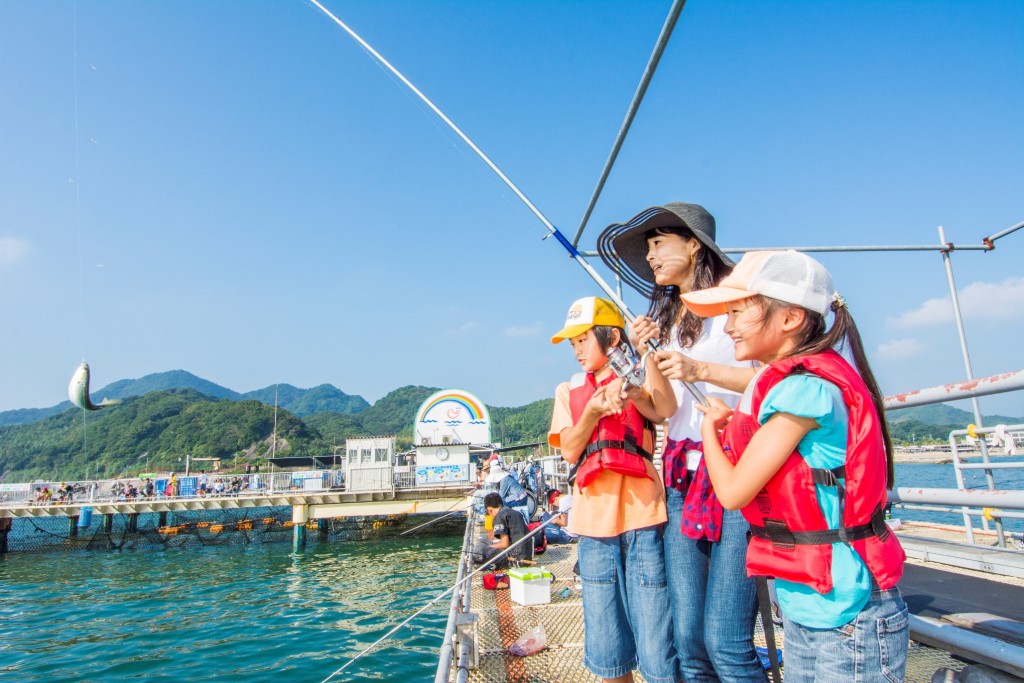
In the park, there is a snack corner, a fish impression exhibition, an observatory, a bathroom for the handicapped, a restroom and a nursing room, and don’t have to worry about not bringing anything because the store sells equipment and bait and offers rental rods (for a fee) . They provide guidance for beginners on how to fish and set up terminal tackles.
Detailed information on “Fukuokashi Umizuri Park“ can be found here.
Fukuoka City Umizuri Park has opened in 1985, where you could enjoy fishing at the T-shaped pier that protrudes off Hakata Bay all year round.Visitors can rent fishing gear at the park with no need to prepare beforehand. For beginners, the also park provides basic guidance on how to fish. Here als…Fukuoka City Umizuri Park
Related article: Let’s eat the Fukuoka brand “Karatomari Ebisu Oyster”!
https://yokanavi.com/feature/153026/
